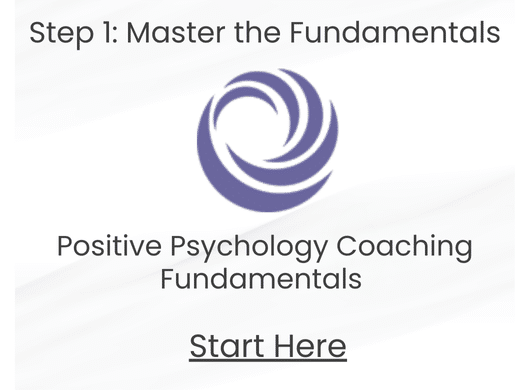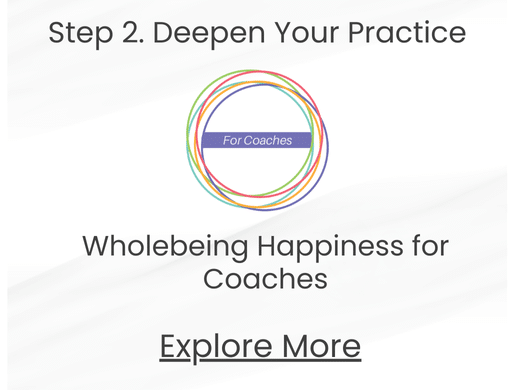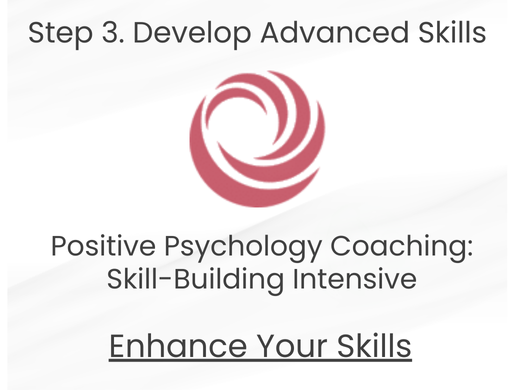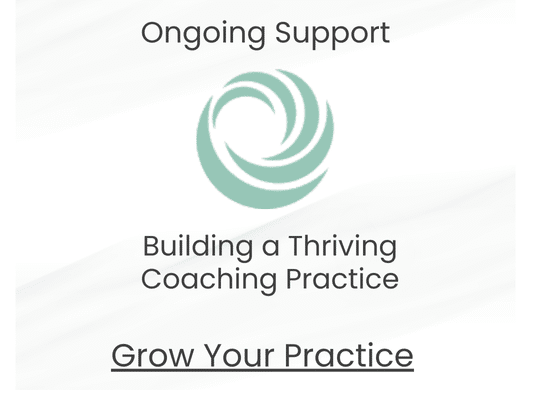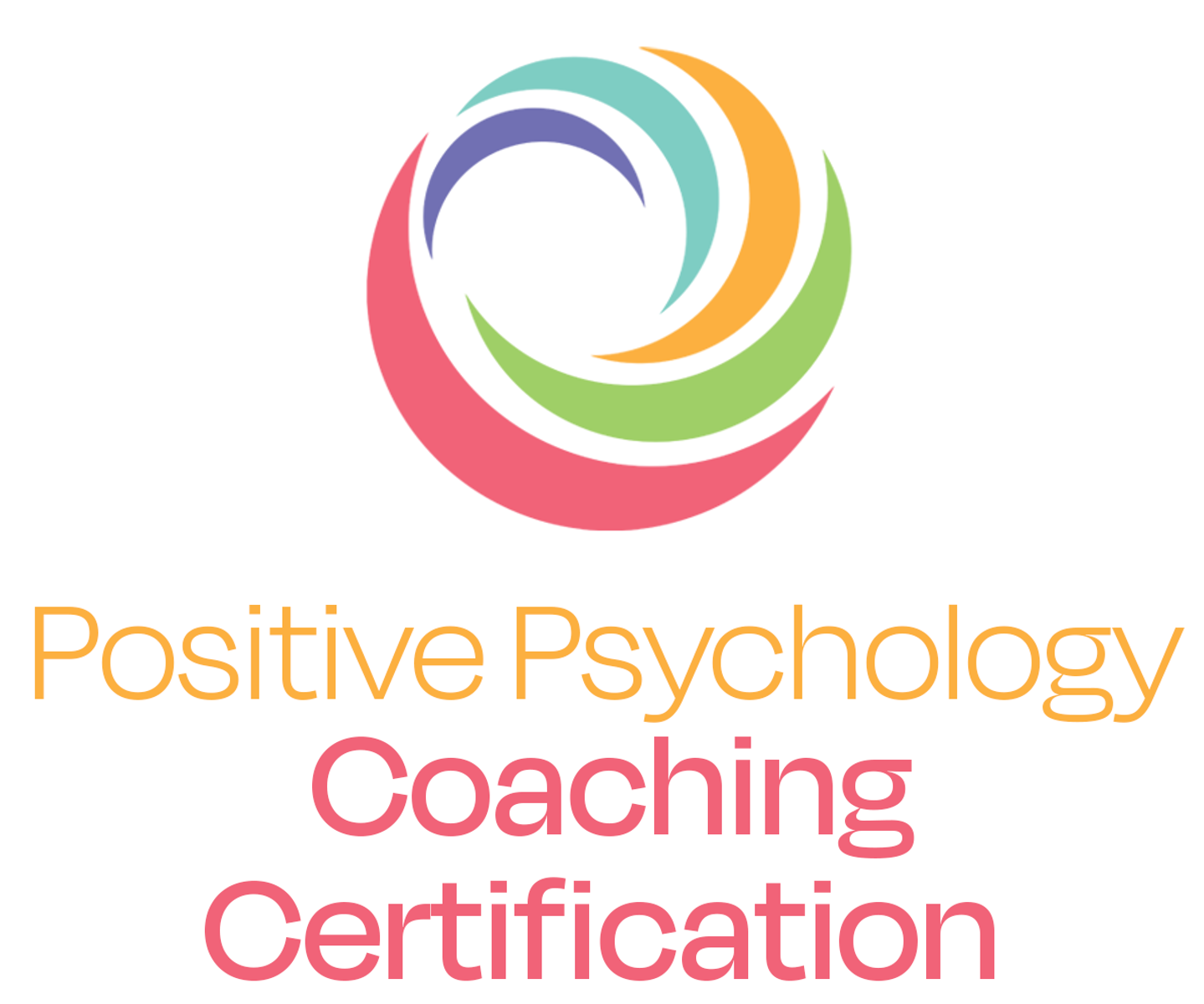by Ruth Pearce
There’s a famous story about the making of the movie The Greatest Story Ever Told. During a rehearsal, the Duke—John Wayne—was asked by director George Stevens to deliver his line about Jesus Christ “with awe.” So, in the next take, the actor, doing exactly as he was asked, changed the line to, “Aw, truly this man was the son of God.”
Clearly not what the director was looking for (and, most likely, not a true story). But what if John Wayne had never experienced awe? How would he know how to express it?
And have you ever considered that one man’s awe is another man’s boredom? I was in awe this morning as I stood on the terrace of a local historic home and marveled at the landscape in front of me. I turned to my guest and said, “Isn’t this awe-inspiring? Don’t you just marvel at the beauty and majesty of the landscape? Doesn’t it just blow your mind that this is right here on our doorstep?” To which my guest flatly replied, “Not really, it’s just trees.”
What Is Awe?
The dictionary definition is “a feeling of reverential respect mixed with fear or wonder.” Albert Einstein described it beautifully: “The most beautiful thing we can experience is the mysterious. It is the source of all true art and all science. He to whom this emotion is a stranger, who can no longer pause to wonder and stand rapt in awe, is as good as dead: his eyes are closed.”
New research is showing the benefits of experiencing awe—that sensation that’s created when we feel a sense of vastness as we contemplate something literally or symbolically bigger than ourselves. Often, it is a stunning landscape, but it can be almost anything, including an outstanding performance or a great work of art. Like me, you might be awestruck by the view right in your own backyard, which for me is the Housatonic River in western Massachusetts. The peace and beauty of the river creates even more awe in me, because this is a river previously associated with poison and contamination caused by man.
Another source of awe for me is being confronted with the sheer power of nature. The above picture is of a tree close to my home that was struck by lightning and was literally blown apart from the middle. Even so, the tender shoots of the tree kept blooming, and the trunk is sturdy and rooted in the ground—it epitomizes resilience. This tree occupied my attention on many walks—to the point that my dog, Milo, learned to stop for the inevitable tree exploration, patiently waiting in the shade of the detached branches.
And then, contrast the power of nature with its delicacy. The frost patterns, while the sign of a particularly brutal winter in the Northeast last year, nevertheless awe me with their delicacy and intricacy, as well as their perfect geometry.
Accommodating Awe
After awe, researchers say, comes a process of mental adjustment called accommodation, originally proposed by psychologist Jean Piaget. He suggested that, when we are presented with novel and challenging information, new input that challenges what and how we view the world, we literally rearrange our thinking. When we experience awe, our minds need to make room for the onslaught of information that comes at us, and that accommodation helps us to be more creative and curious, and to see things in a different way.
Recent preliminary studies suggest that this change causes some pretty mind-blowing effects. For example, the experience of awe expands our sense of time by helping us to focus on the moment and be more mindful; it helps us to be more discriminating and weigh evidence more carefully; and it helps us to focus our attention outwards, toward collective goals and community instead of ourselves.
What experiences have you had that inspired awe in you? Can you recreate them? Do you have photos, or can you find something online to act as a reminder?
To get you started, watch this four-minute video taken at Yosemite. About two minutes in, it gets really awe-inspiring! Then see where you can find awe in your world, every day.
Ruth Pearce is the founder of the newly formed ALLE LLC (A Lever Long Enough). Her company specializes in team and workplace positivity and in building resilience and happiness in young people, particularly teenagers. Most recently, Ruth spent a year first revitalizing and then leading a team of more than 100 technologists in the United States and India on an Enterprise Data Warehouse program. Previously, she spent 20 years as a program manager on large IT programs, primarily in the financial services industry. She is currently working with the Wholebeing Institute planning the 2017 Embodied Positive Psychology (EP2) Summit. Ruth lives in the Berkshires of western Massachusetts with her husband, Gareth, and their dog, Milo. alle4you.com


 Ruth Pearce is the founder of the newly formed
Ruth Pearce is the founder of the newly formed 